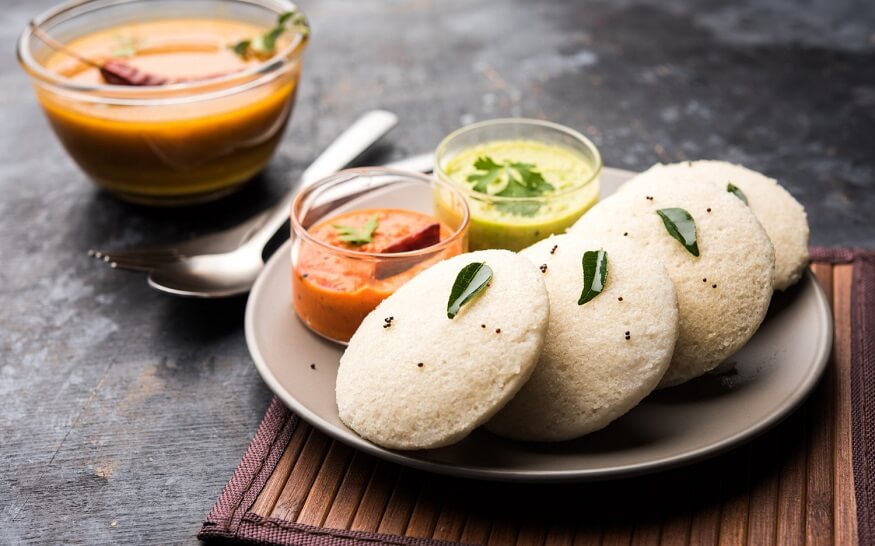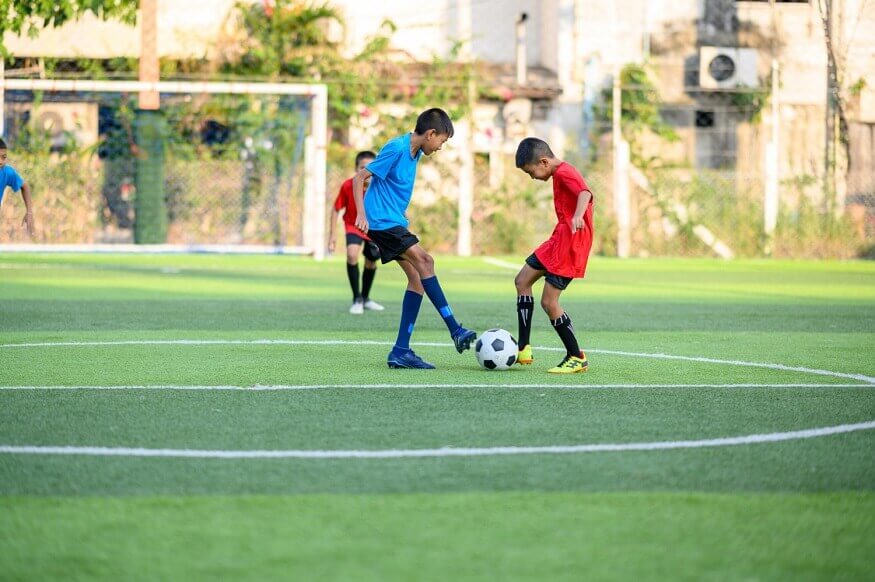For most people, food and culture are synonymous. India is a live example of how our cultural diversity is reflected in our food diversity and choices across the north, east, west, and south of India. Right from the ancient civilisations of hunters and gatherers, food has been an essential pillar of human society. Our likes and dislikes when it comes to food are a complex derivation of race, tradition, economic status and environmental conditions. The civilizations that flourished across continents ate what was easily available and accessible in their surroundings. This was also largely driven by the crop suitability of the soil amid the civilization, the animals inhabiting the vicinity that could be hunted, the skills and equipment available within those societies, and their cultural and religious belief systems.
The food choices that have emerged across the various parts of India are a testament to the complex and diverse societal development that various parts of India have gone through. This also determines the nutritional intake children receive based on the local diets shaped by the traditions and cultures in those regions. The combinations and food choices might be different; however, the food choices could be diverse but equally nutritious for children. The end objective of putting a nutritious meal on the plate can be achieved via a variety of food choices.
A plant or animal may be considered edible in one society and not so in another. One of the live examples we see is cows, which are assumed as sacred and worshipped in the Hindu religion while on the other hand, large parts of India love their diet made out of beef. Vegetarians get their supply of proteins from dairy, cheese and pulses, while non-vegetarians get theirs from eggs and meat. Food habits are believed to be one of the most deeply entrenched habits which emerge out of our upbringing and are extremely difficult to change. Indians have migrated across the world but are frequently seen sourcing their supplies of Indian masalas and dosa batter irrespective of which part of the world they are in. One of the key indicators of food choices and how they are deeply intertwined with our cultural and traditional values is the celebratory food that gets prepared during different festivals we celebrate in India. If there is a ‘sadhya’ on Onam, there is ‘seviyan’ on Eid, ‘gujiya’ on Holi, plum cake on Christmas, etc.
In many of these cases, even the core ingredients are the same. It’s just the recipe and a few side ingredients which differ. ‘Daal’ is a traditional dish made out of lentils across India rich in proteins, while ‘sambar’ is a similar preparation in the southern parts of India, and equally rich in proteins.
Also Read: 5 Healthy Breakfast Ideas with Oats
Popular breakfast choices across India are:
– Upma – a thick porridge from dry-roasted semolina or coarse rice flour prominent in Maharashtra and south of India.
– Poha – is made out of flattened rice, and is popular in the central and western parts of India.
– Idli – a savoury rice cake – originated out of south India and is today an extremely popular breakfast across the length and breadth of India.
– Dhokla – made out of fermented rice and yoghurt, is a popular breakfast and snack in Gujarat and western parts of India.
As we can see, rice forms the core of these very different preparations of breakfast that are prominent across the north, east, west, and south of India. Traditionally regions rich in the production of rice adopted prominently rice-based food and regions rich in production of say, wheat, adopted wheat-based food items such as paratha, chapati, etc. It must be noted that rice and wheat, both cereals, have a similar composition of proteins, fats and carbs. While the food, preparations, and even their tastes are extremely diverse, their nutritional quotient is still very similar. Similar insights can be drawn for regular meals such as lunch, dinner, and other mini-meals or snacking items. It is evident that while local cultures have evolved in diversity, their understanding of nutrition is aligned with what young children need for their development and growth. The foods we eat might look or taste different but they are in no way short of their nutritional requirements.
The food that children get through the day follows this line of tradition and culture. Children grow up eating the food items prevalent in their culture and what is traditional in their societies and localities. Gradually, the food they eat becomes a habit. Even their bodies and digestive systems become accustomed to the food they eat. We are seeing a much more cosmopolitan India where food choices are not any more restricted to your local and regional foods. For example, idli-sambar has become the breakfast of choice not just in southern India but all across India. Similarly, vada-pav, a speciality snack originating from Maharashtra has found popular demand across the lengths and breadths of the Indian subcontinent.
Also Read: Boost Your Child’s Immune System with Healthy Smoothie Recipes
With the increase in work-related mobility and rampant migration, food choices are being democratised. Food businesses in any part of the country are bringing forth cuisines from not just all parts of India, but from the world to the dining tables of all Indians. Indian children are spoilt for choices, for taste, and for a variety of ways in which they can receive the same balance of nutrition. The choice is whether to have pancakes for breakfast, Idli, or parathas.










